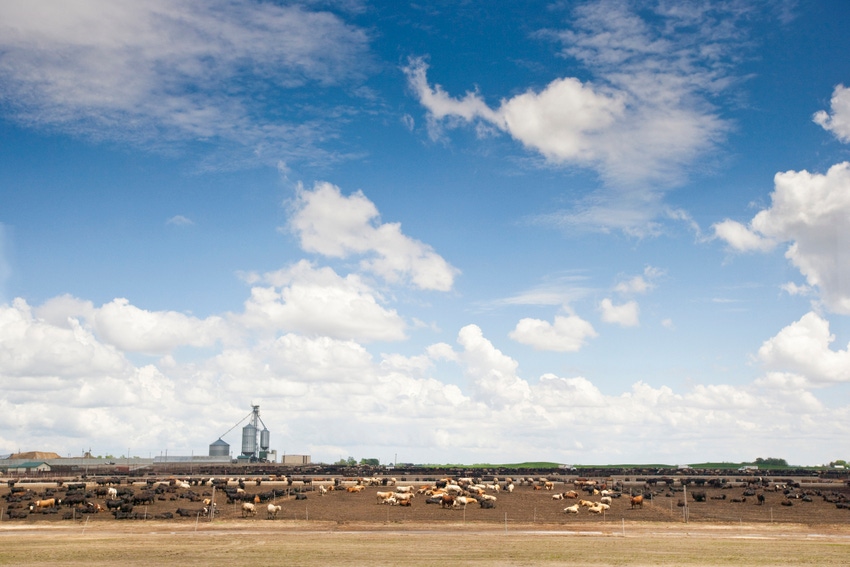Aggressive marketings keep feedlots current at year-end
Lower carcass weights in November and December keep overall 2018 increase subdued.

With the cattle inventory is still growing, cattle feeders have continued to move larger supplies of cattle through feedlots in a very timely manner, Derrell Peel, Oklahoma State University Extension livestock marketing specialist, reported this week.
The U.S. Department of Agriculture’s December “Cattle on Feed” report showed Dec. 1 feedlot inventories at 11.739 million head, a 2% increase over last year. Peel said this is the largest December feedlot inventory since 2011. Also, he said the average monthly feedlot inventory for the past 12 months is at the highest level since February 2007.
November feedlot placements were lower year over year for the third straight month, down 5% compared to last year. However, Peel said it should be noted that these November placements are being compared to last year’s large placements, which were up 13.9% from the prior year.
“This is a similar situation to September and October and resulted in placements the last three months down an average of 5.2% year over year,” Peel said.
He explained that a lack of wheat pasture in fall of 2017 resulted in large placements of lightweight cattle in the fall. By contrast, ample moisture in 2018 has resulted in ample wheat pasture and, therefore, sizable numbers of cattle grazing this winter and lower year-over-year placements, he noted.
“The availability of wheat pasture, albeit delayed by wet conditions this fall, also likely contributed in November to the largest monthly other disappearance since October 2014,” Peel said, noting that other disappearance usually consists mostly of lightweight cattle previously placed in the feedlot that are returned to pasture.
With November feedlot marketings at 1.869 million head, a 1% increase from last year, Peel said three-month total marketings for September, October and November rose 1% over last year. Additionally, he said average monthly marketings in the past 12 months are at the highest level since October 2011.
Still, while feedlots were relatively full at the end of 2018, aggressive marketings have kept feedlots current and have helped hold cattle weights in check this year, Peel said.
Concern about weights
There has been considerable concern about cattle weights in 2018, according to Peel, who explained that, after declining in 2017, carcass weights were expected to increase in 2018.
“Relatively favorable feedlot cost of gain always leads to concern that feedlots will feed cattle to heavier weights. However, the lesson of 2017 and 2018 has been a recognition that, while low cost of gain is an incentive keep feedlots full, it doesn’t imply overfeeding cattle as long as abundant supplies of feeder cattle encourage faster turnover and additional placements as cattle are marketed.”
Peel reported that steer carcass weights reached a weekly seasonal peak of 904 lb. in November, equal to the peak last year. In the past eight weeks, he said steer carcass weights have averaged more than 3 lb. below the same period last year.
Heifer carcass weights reached a weekly peak of 838 lb. this fall, which Peel said is 8 lb. lower than the seasonal peak in December 2017. Additionally, heifer carcass weights have averaged 2 lb. below year-ago levels for the past eight weeks.
“Lower carcass weights at the end of the year will hold annual steer and heifer carcass weight increases to minimal levels,” Peel said. “For the entire year, steers carcass weights are expected to average 3.0-3.5 lb. above last year, while heifer carcass weights are projected to average 6.5-7.0 lb. over year-ago levels.”
About the Author(s)
You May Also Like



.png?width=300&auto=webp&quality=80&disable=upscale)

